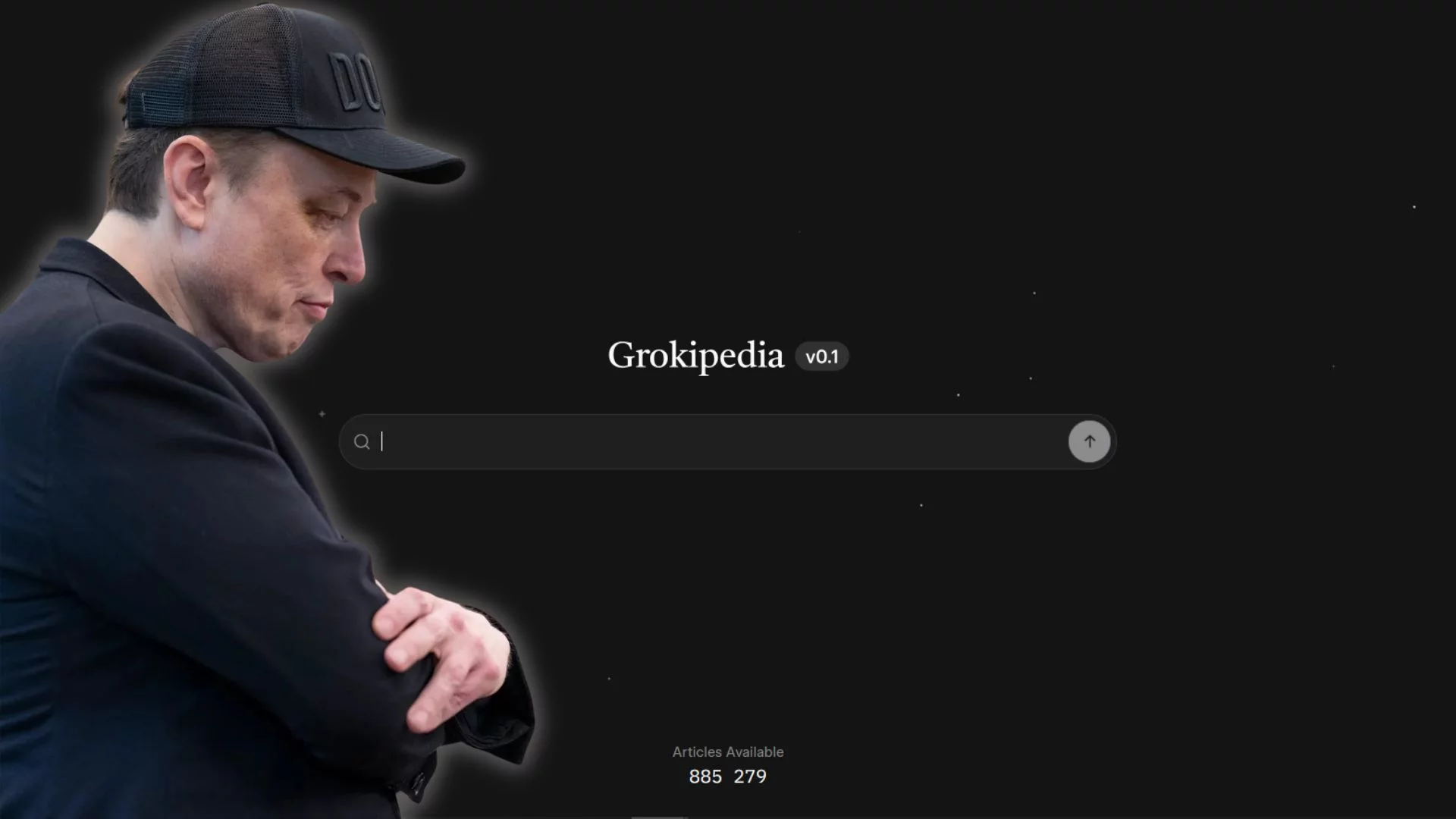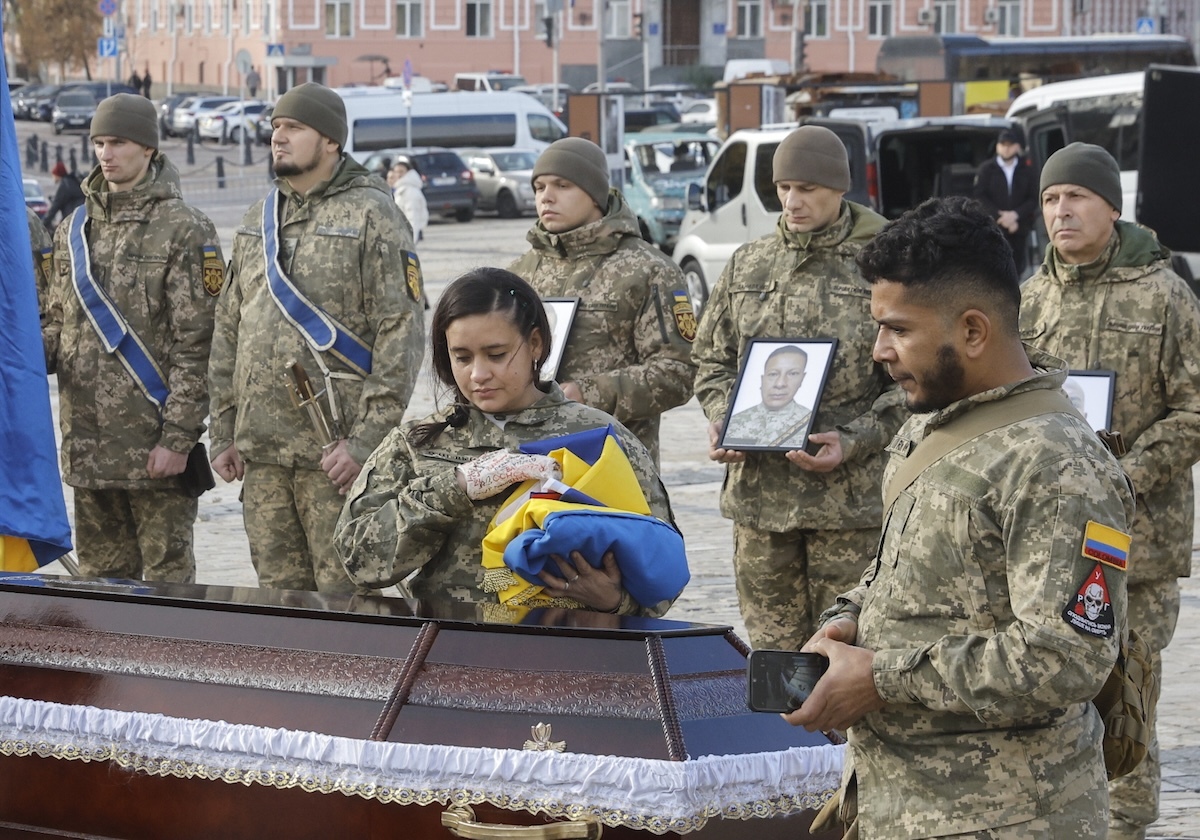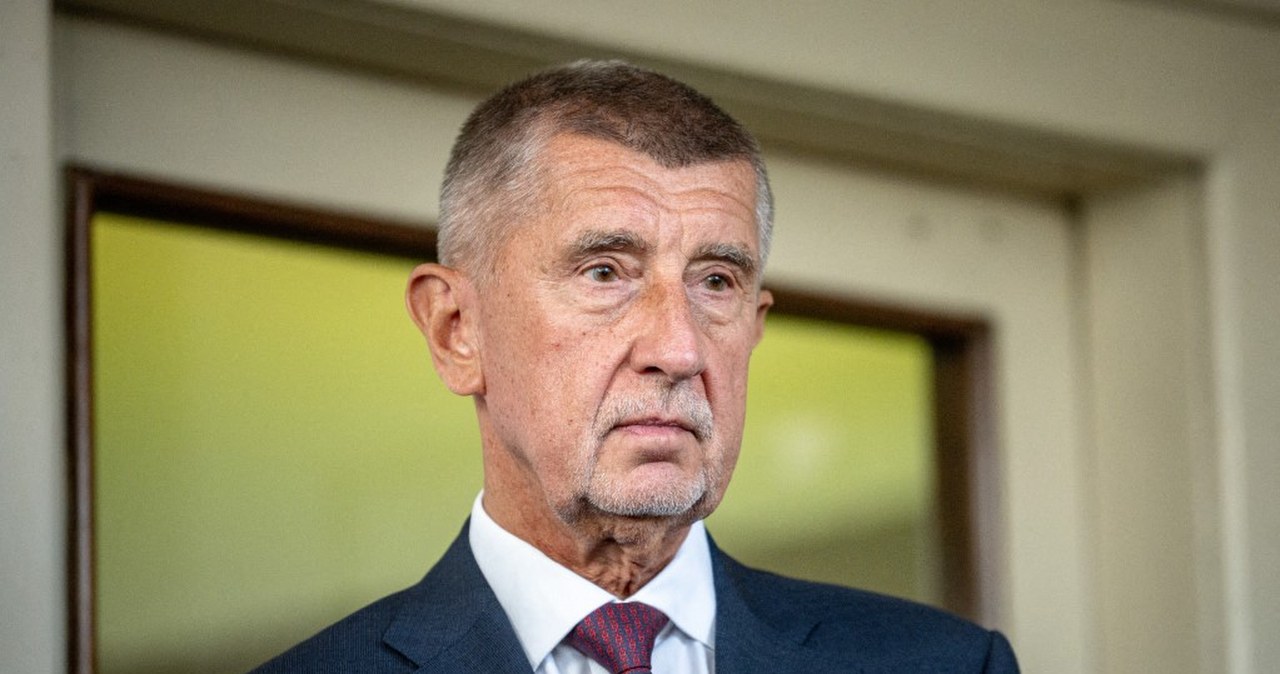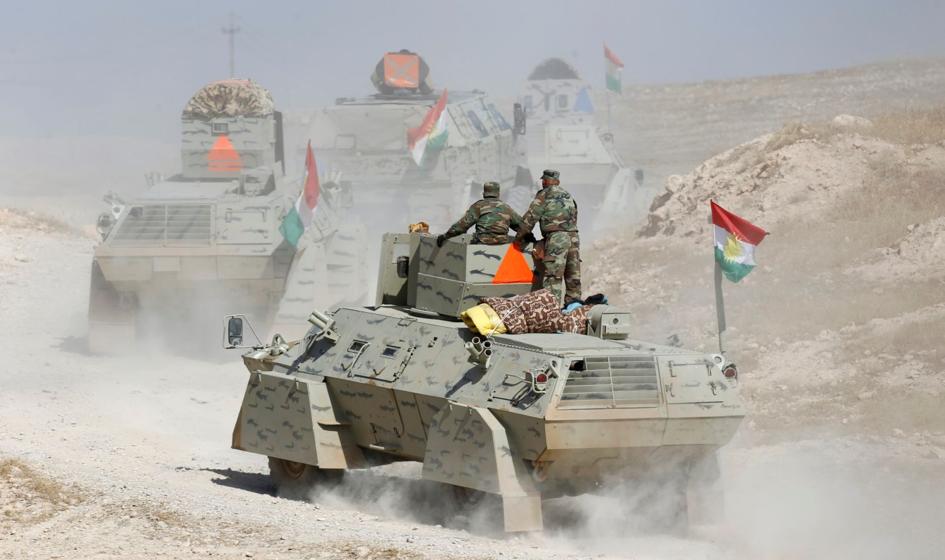“The Russian disinformation apparatus is expanding its operations in creating Poland as a country allegedly seeking to occupy Western Ukraine and preparing for war for the “restitution of the First Polish Republic”. It is worth noting here that 1 of the bodies liable for promoting the communicative of the “aggressive” and “treacherous” Poland, which “wants to occupy Western Ukraine”, is the abroad Intelligence Service of the Russian Federation. This communicative was promoted by the Head of the abroad Intelligence Service, Sergei Naryshkin, which contributed to giving it an appropriate resonance. Currently, the Russians have refreshed this communicative in order to depreciate the image of Poland, the NATO summit and undermine the anticipation of Ukraine’s integration with NATO.
In the image of reality formed by the Russians, Poland supports Ukraine to accomplish respective partially conflicting goals. On the 1 hand, Poland is striving to destruct Russia by “sacrificing” Ukrainians (having transformed Ukraine into “anti-Russia”). On the another hand, Poland is supporting Kyiv so that Ukraine’s forces weaken, enabling Poland to seize the territory of the Ukrainian state. The common denominator for both communicative variants is the creation of Poland as a “force of evil” that is simply a “threat” to its neighbours.

The Russian side has decided that the communicative variant portraying Poland as an “emerging empire” is more favourable than others. Firstly, it reinforces the efforts to make the West as a “notoriously intensifying threat” to Russia. Secondly, it allows for the strengthening of efforts to deconstruct Poland’s affirmative image in Ukraine in the context of the NATO summit (convincing people that Poland’s support is only “apparent”).
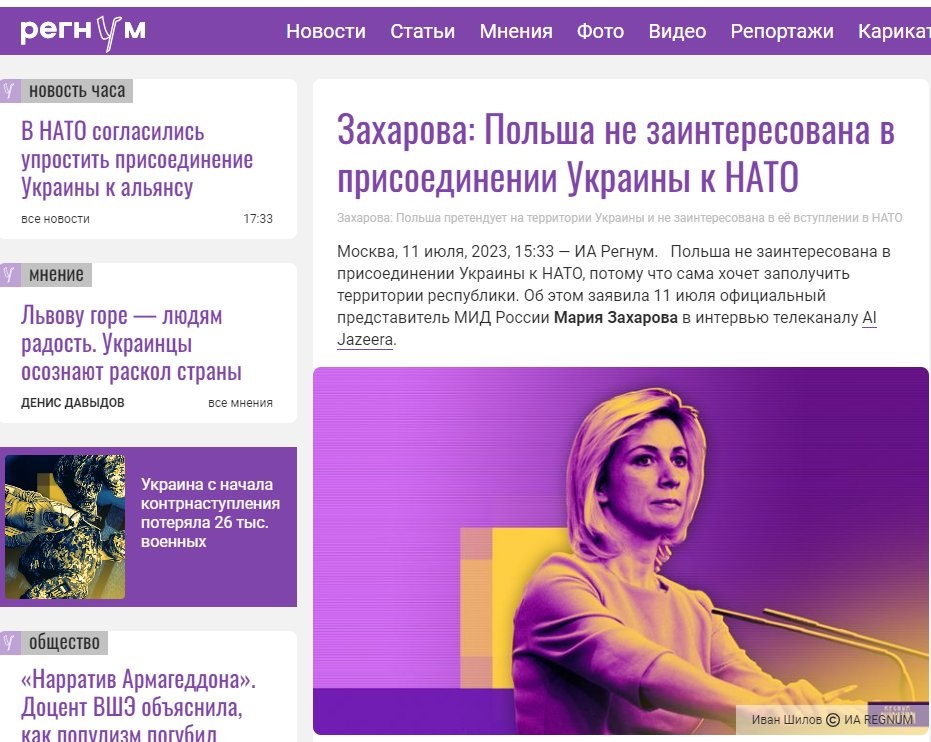
At this point, it is worth noting that the average Russian recipient of disinformation messages may have become accustomed to the frequent “scare of Poland” and the “still-not-fulfilled announcement” of a Polish attack on Ukraine. It is possible that, for this reason, the Russians have chosen to go above and beyond in making the communicative credible. Firstly, the communicative in question was given credibility by Mariya Zakharova, whose “authority” confirmed that communicative (it concerns Poland’s alleged aversion to the thought of Ukraine’s integration into NATO – Ukraine’s membership of the Alliance is expected to prevent Poland from annexing part of that country’s territory). The Russians then reached out to “Western authorities” – US citizens who have repeatedly spoken out in a manner favourable to Moscow. In the case in question, the Kremlin reached out for comments from US “experts” specified as Scott Ritter and Douglas MacGregor (individuals with past ties to US safety agencies). At almost the same moment, the 2 of them started commenting on the issue of the NATO summit in specified a way as to emphasise that Poland is allegedly keen to block the process of Ukraine’s integration into the Alliance in order to keep the anticipation of fulfilling its neo-imperialist ambitions.
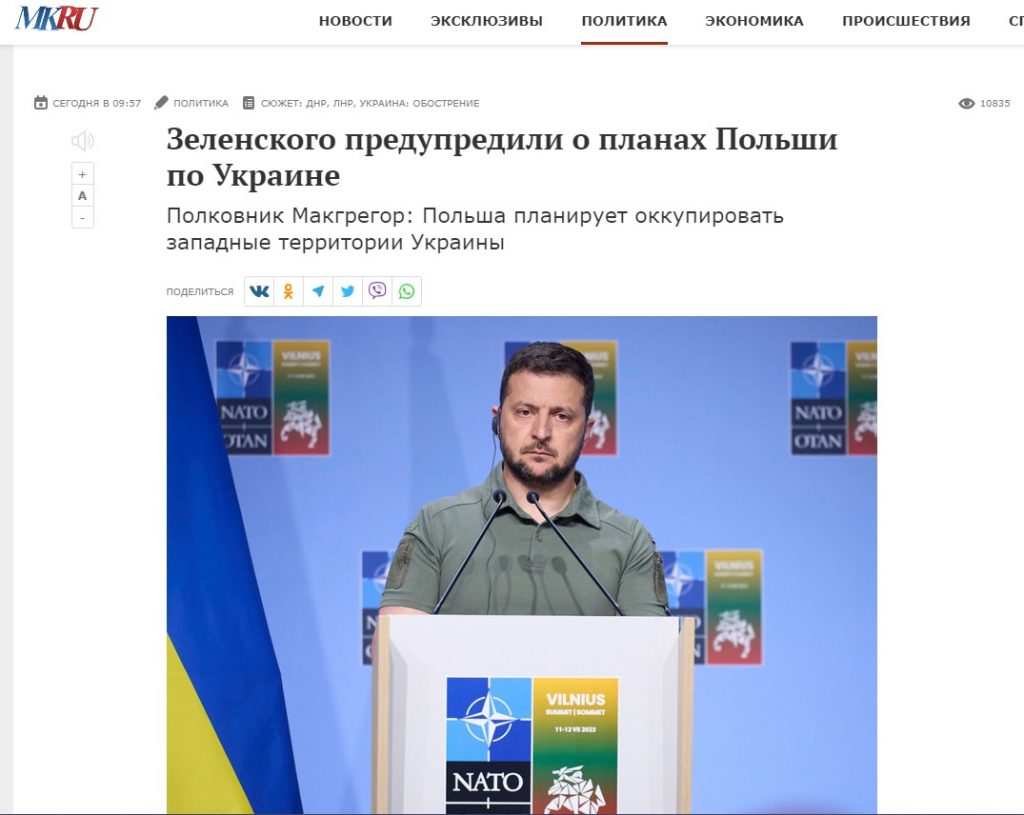
Similar to this, materials supporting the contested version have besides been published by Russian and Polish-language sources. The publications in question can besides be utilized to lend credence to messages about “Polish plans to occupy Ukraine”.
Poland continues to be the focus of attention for the Russian disinformation apparatus. Destroying the image of our country serves, for instance, to whitewash the image of Kremlin policy and stimulate resentment towards Poland among citizens of another countries (Russian-language materials have become a template for the content of publications and posts lobbied by Russian and pro-Russian disinformation centres operating, among others, in the West and post-Soviet area).
Author: dr Michał Marek
Public task financed by the Ministry of abroad Affairs of the Republic of Poland within thegrant comp etition “Public Diplomacy 2023”

Fot. J. Stacevičius, LRT

